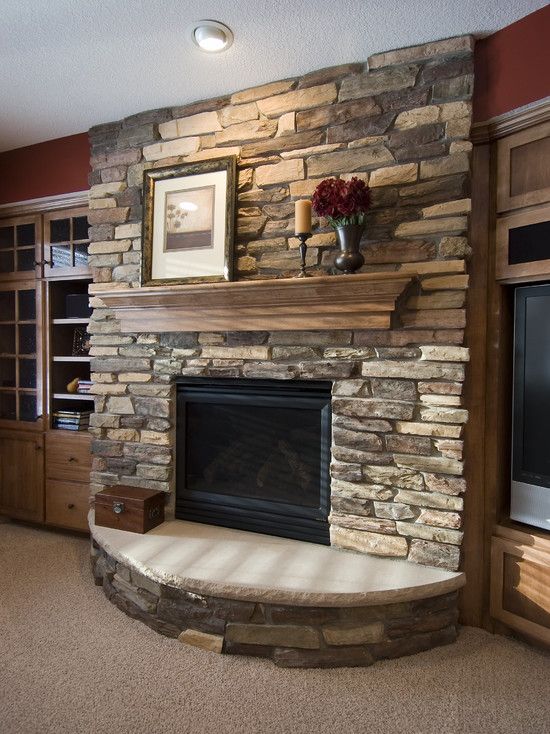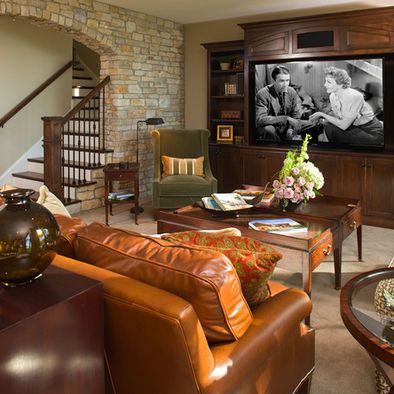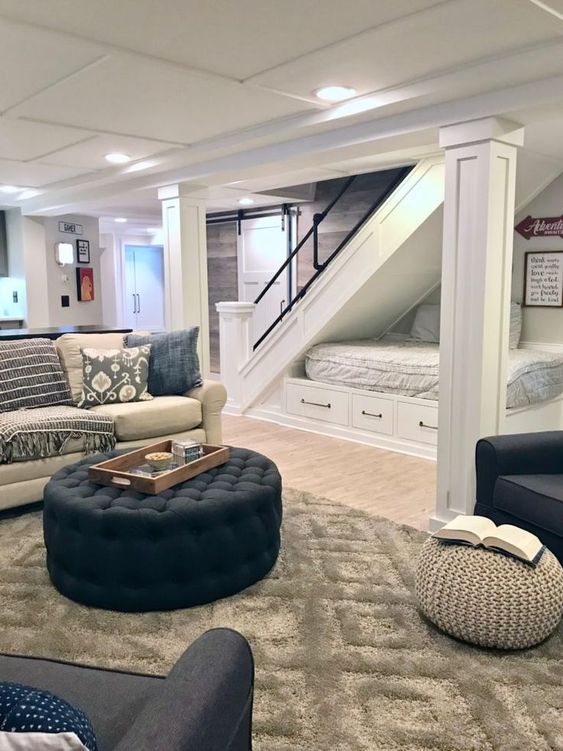Heyku.me – A traditional basement design is perfect for people who like an orderly, historical look. This style is perfect for displaying old family treasures, while keeping a timeless feel. Whether it’s a family heirloom or a cherished object, a traditional basement design will add a touch of class and comfort to your home. Here are some tips to make your traditional basement an inviting space. Read on to find out more. You’ll be glad you did!
Add a Fireplace to a Traditional Basement Design
Add a fireplace to the traditional basement design, which is often overlooked. This fireplace provides an airy feeling and prevents drywall from getting dented. Install a traditional sectional sofa in the basement and add common living room pieces, like a coffee table, end tables, and a hutch. You can even add a pool table, a foosball table, and an oversized table for board games to complete the look. If you want a more relaxing retreat, add a daybed.
When planning a traditional basement design, keep the intended function in mind. Consider an open floor plan, which allows you to create multiple zones. You can also add a stairwell and banisters to make the space feel more open and inviting. Choose a durable floor covering that can withstand the changes in temperature and humidity. And remember to select the right type of lighting for the basement. A brighter room is more inviting, and you can use a chandelier to create a dramatic atmosphere.

Besides being a fully habitable addition to your house, a basement is also a great place to put recreational equipment and a workshop. You can also install a sauna, a home theater, or a gym. Other useful uses of a basement include a guest bedroom, a home office, a craft room, and a place to store clothes. It can even have a closet or work area. In addition to living space, a traditional basement can also have utility rooms, including a water heater and furnace.
The First Step When Planning a Basement
When planning a basement, make sure to consider the layout of the space you want to add. Your lot size and layout will play a major role in determining which basement options are best for you. A traditional basement without walkout options can still be used as a bedroom, office, or bathroom. Make sure to include window wells that are up to code, as window wells in these rooms may need to be deeper and wider than others. A local contractor knows what is expected for basement windows in your area.

Most homes in continental Europe feature cellars. While a large percentage of Europeans live in flats and apartments, a traditional basement is more common in older homes and rural homes. In North America, full basements are common in new houses, especially in areas prone to tornado activity and below the frost line. These types of homes have been in existence for centuries, but only recently have they become a separate space for living and working. It’s important to note that the amount of square footage above the grade determines whether you can build a walkout or not.
Some homeowners opt for a traditional basement finish to make their basement usable for other uses, such as a family room or playroom. Others want to convert their basements into home theaters and work rooms. A traditional basement finishing system will include walls, ceiling, insulation, flooring, windows, and other fixtures. Some basement finishing systems use commercial-grade fiberglass board with a R-11 insulation value. In addition to the basic package plan, many contractors also offer installation services.
Traditional Basement Layout Ideas
Depending on the layout of your traditional basement, you can build a wine cellar, home bar, media room, man cave, or media room. You can even include another bathroom. The possibilities are endless. Although a traditional basement can be difficult to define, the benefits far outweigh any potential costs. Having a finished basement adds square footage to your home, increasing the resale value. But before beginning a basement remodeling project, make sure you consider all the needs of your family.

A traditional basement is often dark, so recessed cans and lights are necessary. Use three to five recessed cans per square foot to evenly distribute light. Remember to mark the stud locations by drawing chalk lines centered on 2×6 backer boards, and install the drywall as if you were building an outside wall. In addition to drywalling, you can use caulk and spray foam to seal any air leaks on the walls and ceiling. If you wish to send your article to heyku.me, you can check out this page!
